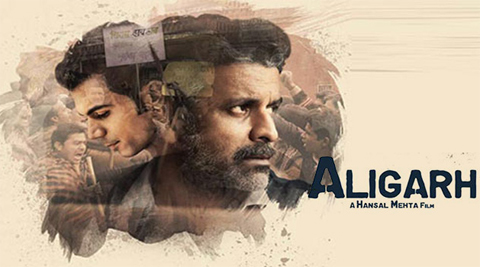GAZA: Heavy urban combat raged in and around Gaza’s biggest cities on Thursday as the bloodiest-ever war between the Zionist entity and Palestinian group Hamas entered its third month since the fighters’ attack on Oct 7. An increasingly dire humanitarian situation prompted United Nations Secretary-General Antonio Guterres to invoke a rare measure to seek a ceasefire, sparking anger from the Zionist entity.
The death toll has soared to 17,177 according to the Gaza health ministry, and vast areas of the besieged territory have been reduced to a rubble-strewn wasteland of bombed-out or bullet-scarred buildings. Zionist forces have encircled major urban centers in their vow to destroy Hamas over its unprecedented attack in October when militants broke through Gaza’s militarized border.
Backed by air power, tanks and armored bulldozers, Zionist troops were fighting Hamas in Khan Yunis, the biggest city in southern Gaza, as well as in Gaza City and the nearby Jabalia district of the north. Prime Minister Benjamin Netanyahu said troops had closed in on the Khan Yunis home of Hamas’ Gaza chief Yahya Sinwar, 61, vowing “it is only a matter of time until we find him”.
Air strikes also rained down on Rafah city in the far south, near the Egyptian border. The area has become a vast camp for many of the 1.9 million internally displaced Palestinians – 80 percent of Gaza’s population. One of those displaced from a refugee camp in Gaza City to Rafah, Ahmad Hajjaj, said: “The situation is getting worse and worse. There is no political solution, and nothing to live off.”
Eight more air strikes hit Rafah overnight. AFP journalists saw around 20 corpses in white body bags, including a child, at its Nasser hospital, while men gathered nearby to pray. Mass civilian casualties in the war have sparked global concern, heightened by dire shortages caused by a Zionist siege that has seen only limited supplies of food, water, fuel and medicines enter Gaza.
On Wednesday, the Zionist entity approved a “minimal” increase in fuel supplies to prevent a “humanitarian collapse and the outbreak of epidemics”. But Guterres invoked the rarely-used Article 99 of the UN’s charter, calling on the Security Council to push for a ceasefire. The secretary-general said he feared “public order (would) completely break down soon due to the desperate conditions” in Gaza. Zionist Foreign Minister Eli Cohen responded that this would help Hamas and that Guterres was “a danger to world peace”.
Four more Zionist soldiers were killed, raising the toll inside Gaza to 87, said the military. Hamas released footage of its fighters shooting AK-47 assault rifles and grenade launchers from abandoned buildings in what it said was Gaza City, and said it was battling Zionist troops “on all axes of the incursion into the Gaza Strip”. Hamas said it had destroyed two dozen military vehicles in Khan Yunis and in Beit Lahia in the territory’s north. An AFPTV livecam showed heavy grey clouds rising over northern Gaza after explosions.
Rocket fire from inside Gaza has continued to target the Zionist entity, where the projectiles have been intercepted by air defenses. Fighting in Khan Yunis means aid distribution has virtually stopped in the city, leaving Rafah the only area “where limited aid distributions took place” on Wednesday, UN humanitarian agency OCHA said. Hamas declared a “state of famine” in northern Gaza, saying no aid had arrived there since Dec 1.
Zionist rights group B’Tselem said the “miniscule amount of aid” allowed into Gaza was “tantamount to deliberately starving the population”. “We are dying here, without even the need for rockets and bomb strikes. We are dead already, dead from hunger, dead from displacement,” said Abdelkader Al-Haddad, a Gaza City resident now in Rafah.
Meanwhile, near-daily exchanges of fire across the UN-patrolled Zionist-Lebanon border have continued, mainly involving Lebanon’s Hezbollah which, like Hamas, is backed by Iran. An anti-tank missile fired from Lebanon killed a civilian in the Zionist entity. An investigation by Agence France-Presse into a strike in southern Lebanon on Oct 13 that killed a Reuters journalist and injured six others, including two from AFP, concluded that it involved a tank shell only used by the Zionist army in this region. On Thursday, watchdog Reporters Without Borders (RSF) urged Zionist and Egyptian authorities to allow journalists to move freely over the Rafah crossing. – AFP










